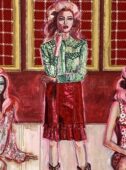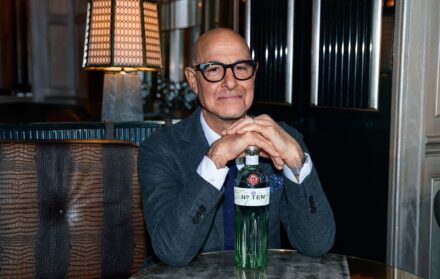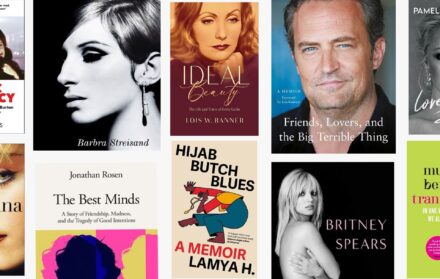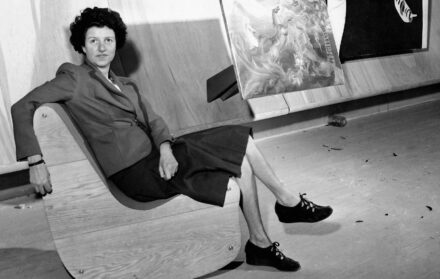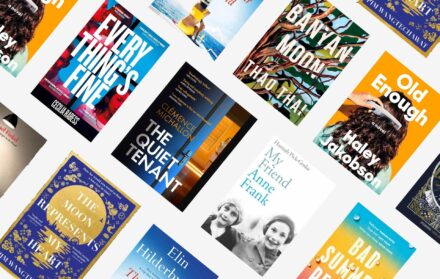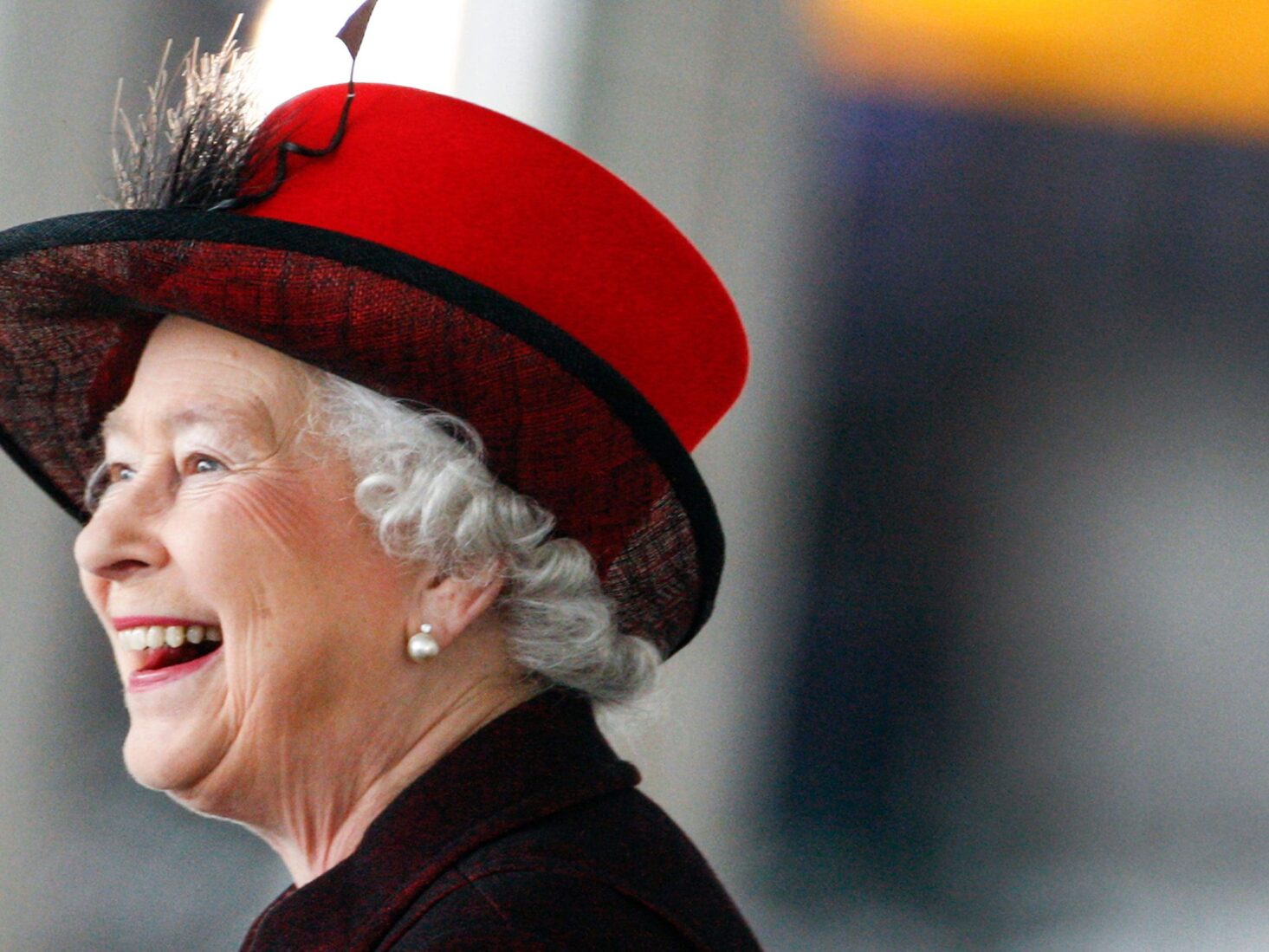
Queen Elizabeth II: A life in pictures
As the nation mourns the passing of Queen Elizabeth II, Britain's longest reigning monarch, we remember a life lived in service
After serving as Queen of the United Kingdom of Great Britain and Northern Ireland, and Head of the Commonwealth, for 70 years, Elizabeth II has passed away aged 96. Elizabeth II was the longest-reigning monarch in British history and the second-longest reigning sovereign monarch of all time. Upon her death, Elizabeth II was Royal Patron or President of more than 600 charities, and continued performing royal duties, including the 2021 State Opening of Parliament and attending the 47th G7 summit, until the age of 95.
After marrying Philip Mountbatten in 1947, Elizabeth was crowned Queen in 1953, before having four children: Charles, Prince of Wales; Anne, Princess Royal; Prince Andrew, Duke of York; and Prince Edward, Earl of Wessex.
According to reports, the Queen was by her husband’s bedside when he passed away in 2021, after 73 years of marriage. She described the Prince as her “beloved Philip” during her Christmas broadcast of that year. “That mischievous, inquiring twinkle was as bright at the end as when I first set eyes on him,” she said.
Here, we look back at some of the most significant moments in the life of Queen Elizabeth II.
Her wedding to Prince Philip
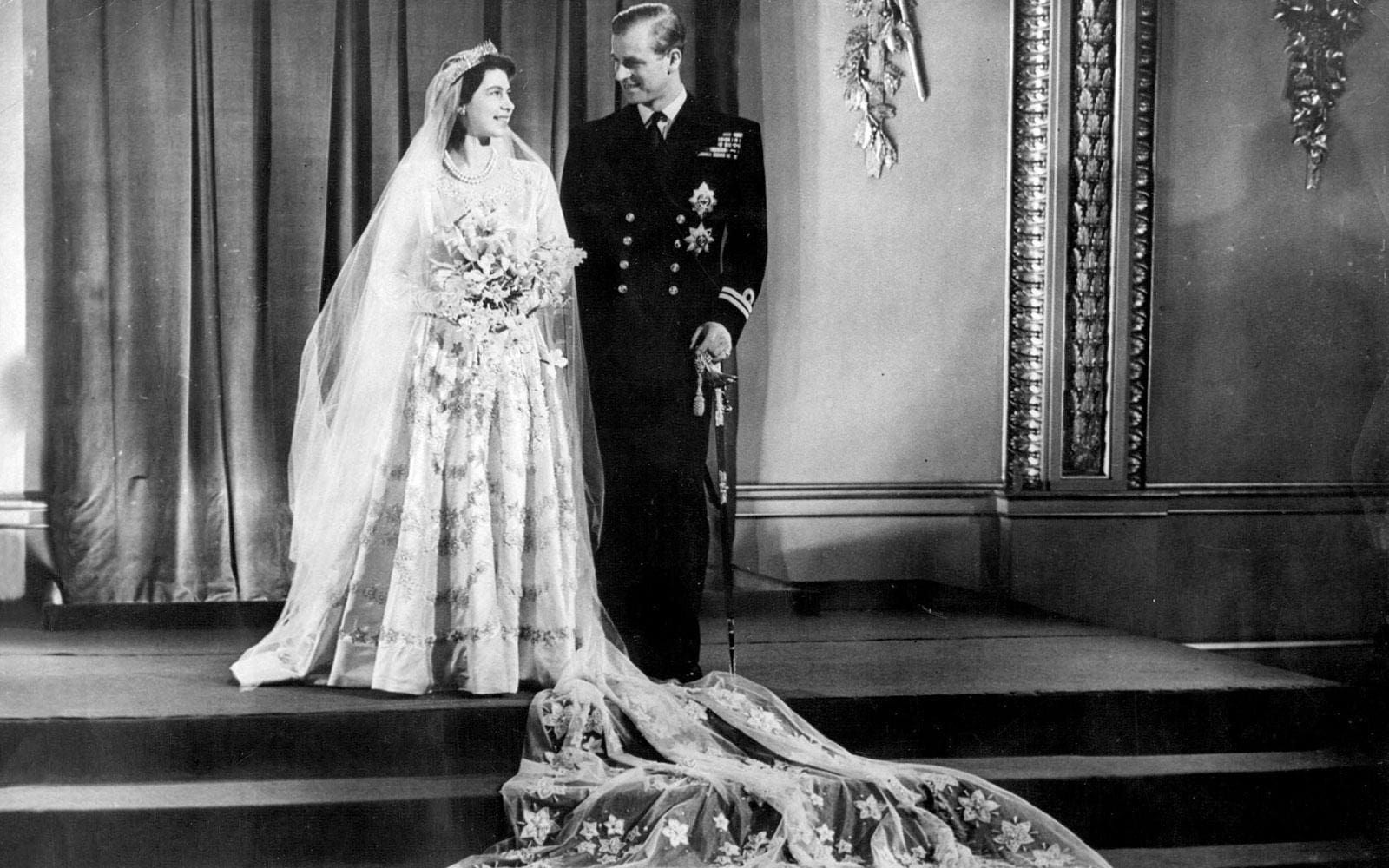
After announcing their engagement on 9 July 1947, Princess Elizabeth and Prince Philip, who’d first met in 1934, wed just four months later on 20 November 1947. The wedding was held at Westminster Abbey, where, six years later, Queen Elizabeth II would be crowned.
In order to pay for her dress, Princess Elizabeth had to use clothing coupons that were still being rationed following the end of the Second World War. To help her pay for the dress, hundreds of people from across the United Kingdom sent Elizabeth their own coupons, which had to be returned as it was not permitted to use the coupons of others.
The Coronation
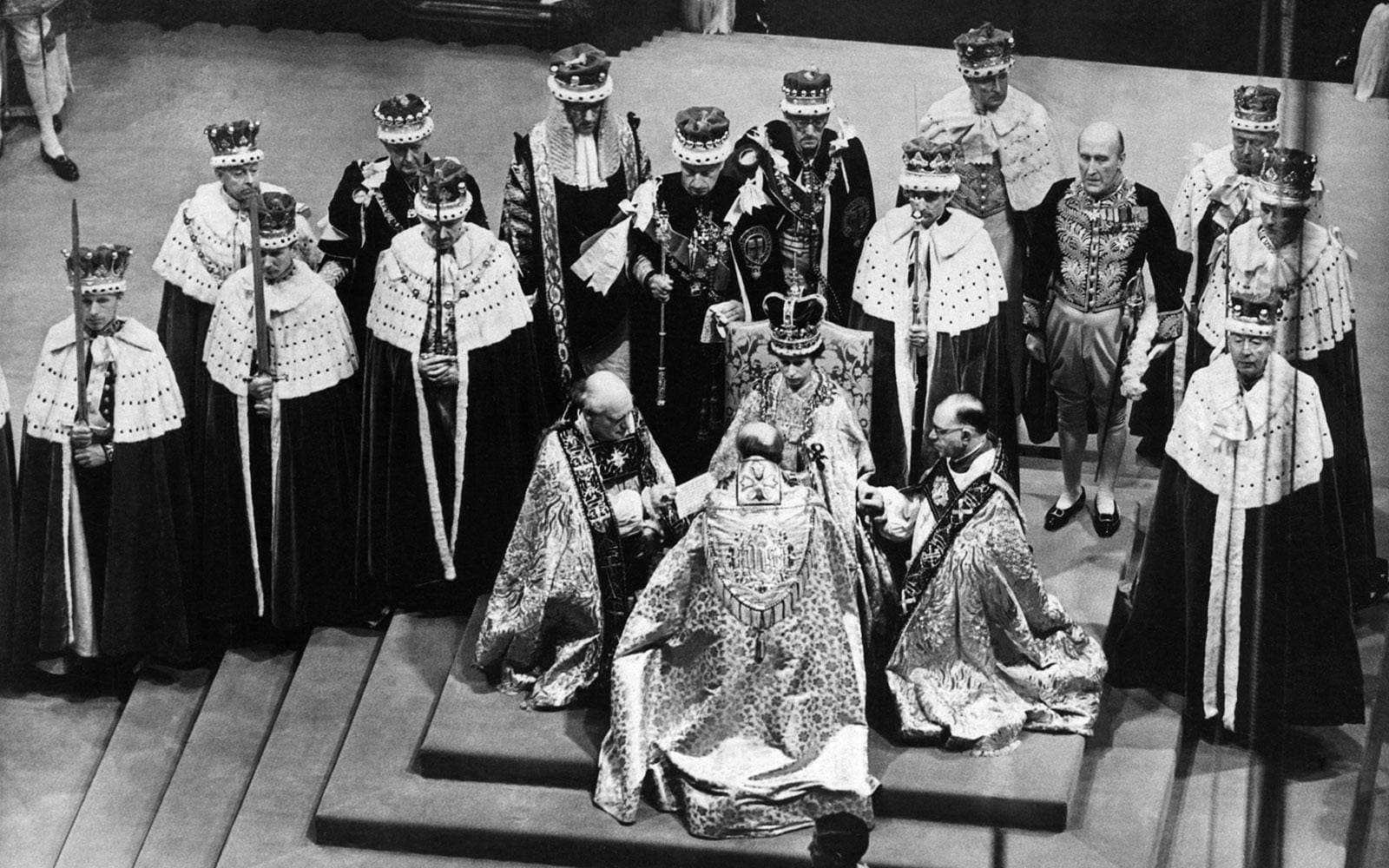
As per a tradition that began in 1066, Queen Elizabeth II was crowned at Westminster Abbey, on 2 June 1953 – the sixth Queen to have been crowned there. The Coronation was the first – and only, so far – to be televised.
The Coronation, conducted by the Archbishop of Canterbury, began at 11.15am and lasted almost three hours, the service descending from that used to crown King Edgar at Bath in 973. In total, 8,251 guests attended the Coronation, the Queen’s procession was made up of 250 people alone. Prince Charles, aged 4, was the first child to witness their mother’s coronation.
The Queen and her children
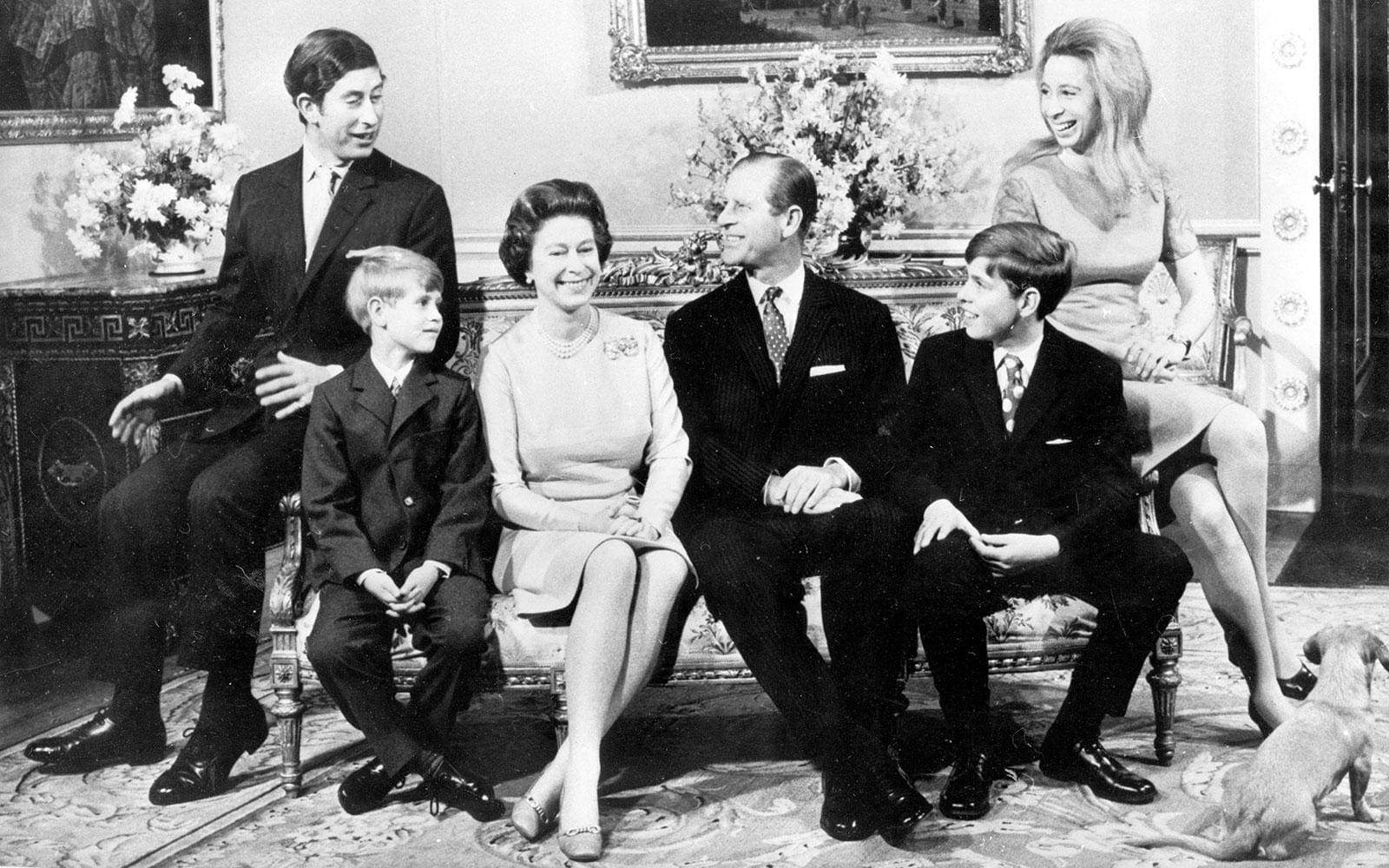
As Queen Elizabeth’s eldest son, Prince Charles became the longest-serving heir apparent in 2011. The Queen was 22 when she gave birth to Charles on 14 November 1948. Having studied anthropology, archaeology, and history at Trinity College, Cambridge, Prince Charles became the first royal heir apparent to study for a degree.
The Queen’s only daughter Anne, Princess Royal, was born two years later on 15 August 1950. Anne went on to become the first royal to participate in the Olympic Games. Prince Andrew was born almost 10 years later, on 19 February 1960. Andrew was introduced to his future wife, Sarah Ferguson, by Prince Charles’ wife, Princess Diana (Andrew and Sarah wed in 1986, but divorced in 1996). The Queen was 37 when she had Prince Edward, who was born 10 March 1964. Edward is the Queen’s only child not to have divorced.
The Silver Jubilee
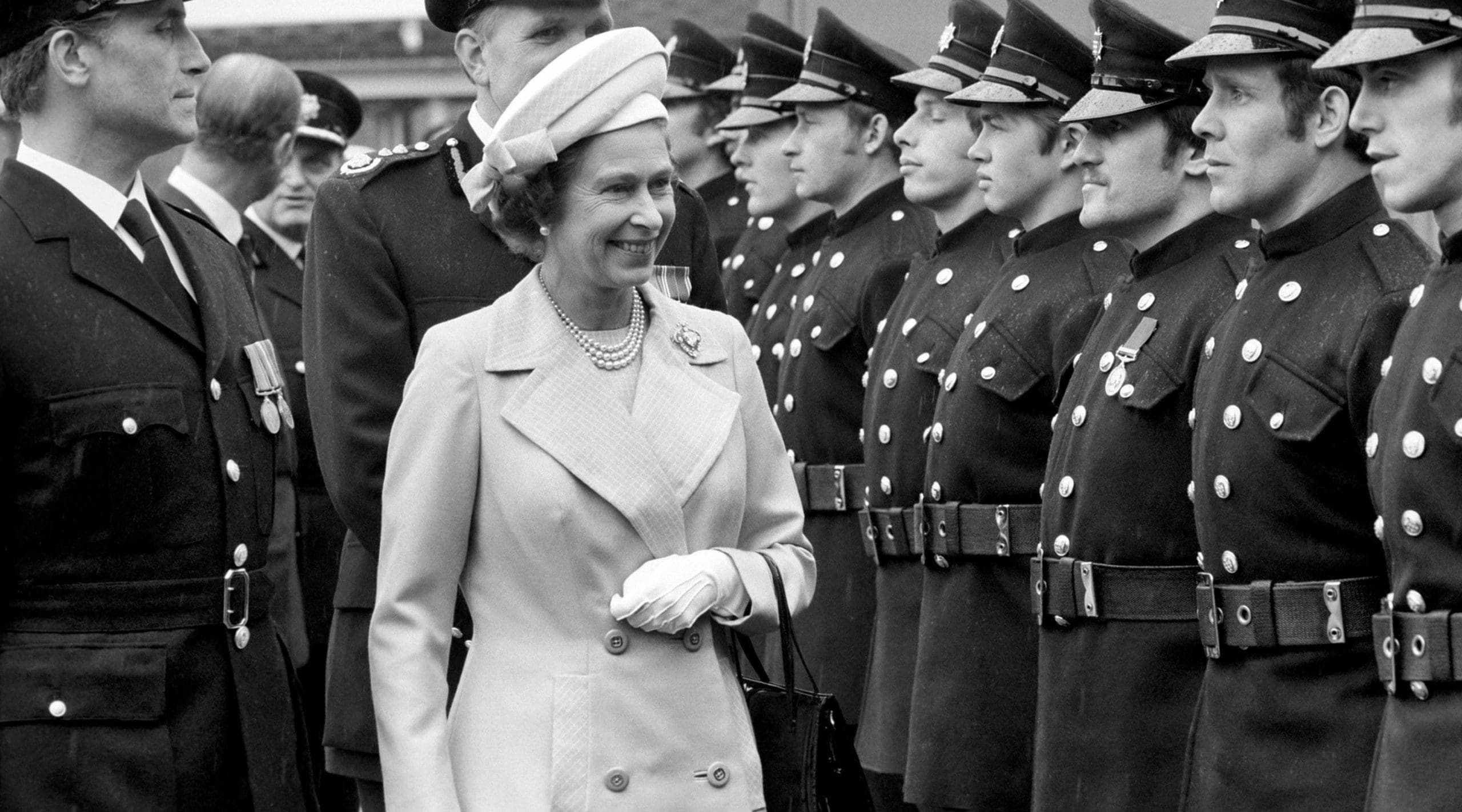
The first of four remarkable jubilee events Queen Elizabeth II would witness during her reign, the Silver Jubilee was celebrated in 1977 to mark her 25th year on the throne. The Queen commemorated the occasion by setting out on a remarkable tour of the British Isles which would see her visit 36 counties in just three months – the most any British monarch has seen of the country in such a short period of time.
This was followed by an expansive Commonwealth tour, in which the Queen and Prince Philip visited Australia, New Zealand, Papua New Guinea, the West Indies and Canada, where they were joined by Prince Charles.
The Golden Jubilee
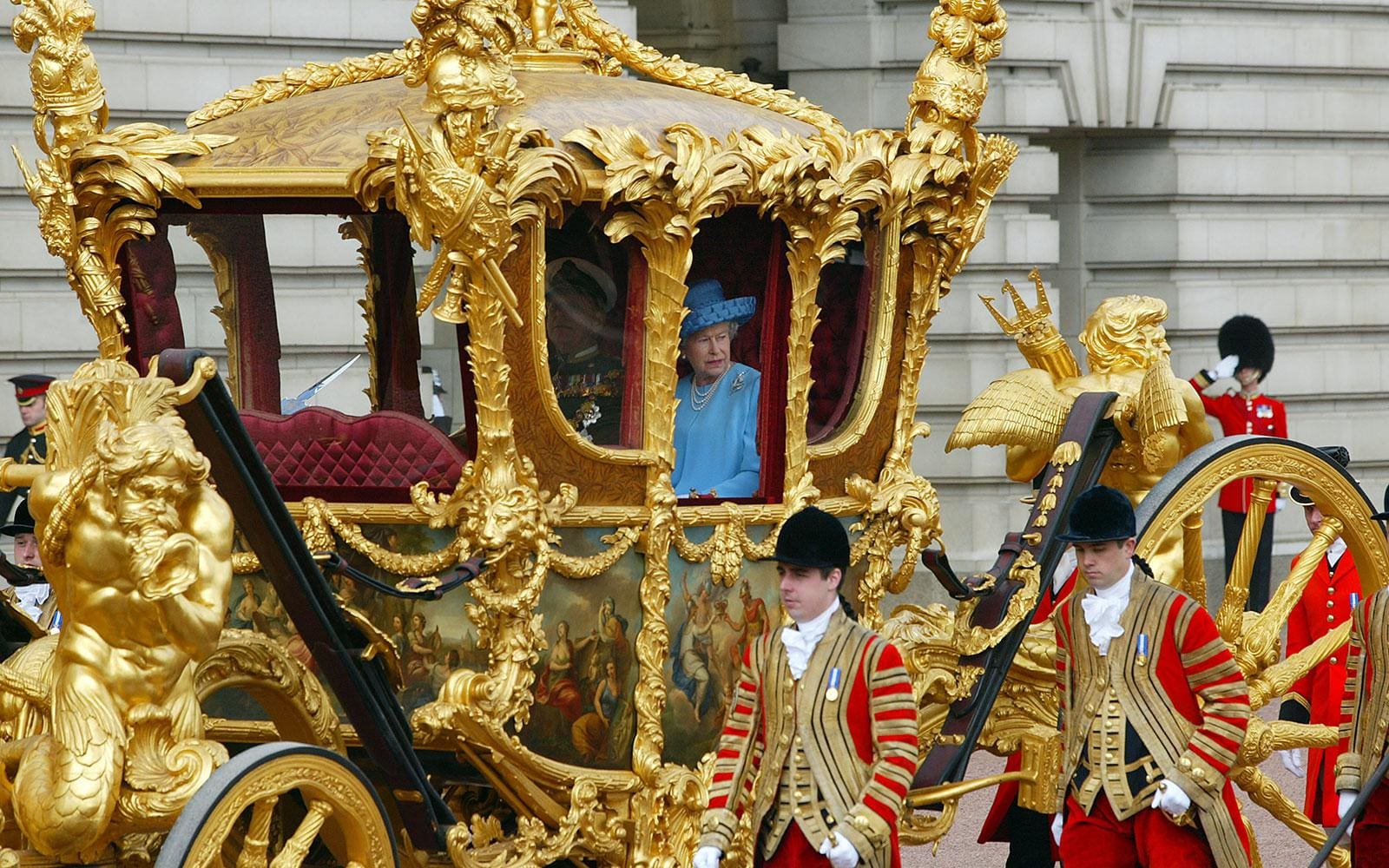
25 years later even more elaborate celebrations were held in honour of the Queen’s Golden Jubilee in 2002. With the official weekend of events scheduled for June, there was some speculation as to whether or not they would go ahead after the Queen lost both her sister Princess Margaret and the Queen Mother in February and March of that year respectively.
Ever the stoic figurehead, however, the celebrations went ahead with the Queen in attendance at every major event, including the Prom at the Palace classical music concert, a service at St George’s Chapel in Windsor, a nationwide BBC Music Live Festival, Party at the Palace pop concert and a second thanksgiving service at St Paul’s Cathedral. The weekend was also bookended by tours across the Commonwealth, which saw the Queen and Prince Philip travel more than 40,000 miles to the Caribbean, Australia, New Zealand and Canada.
The wedding of the Duke and Duchess of Cambridge
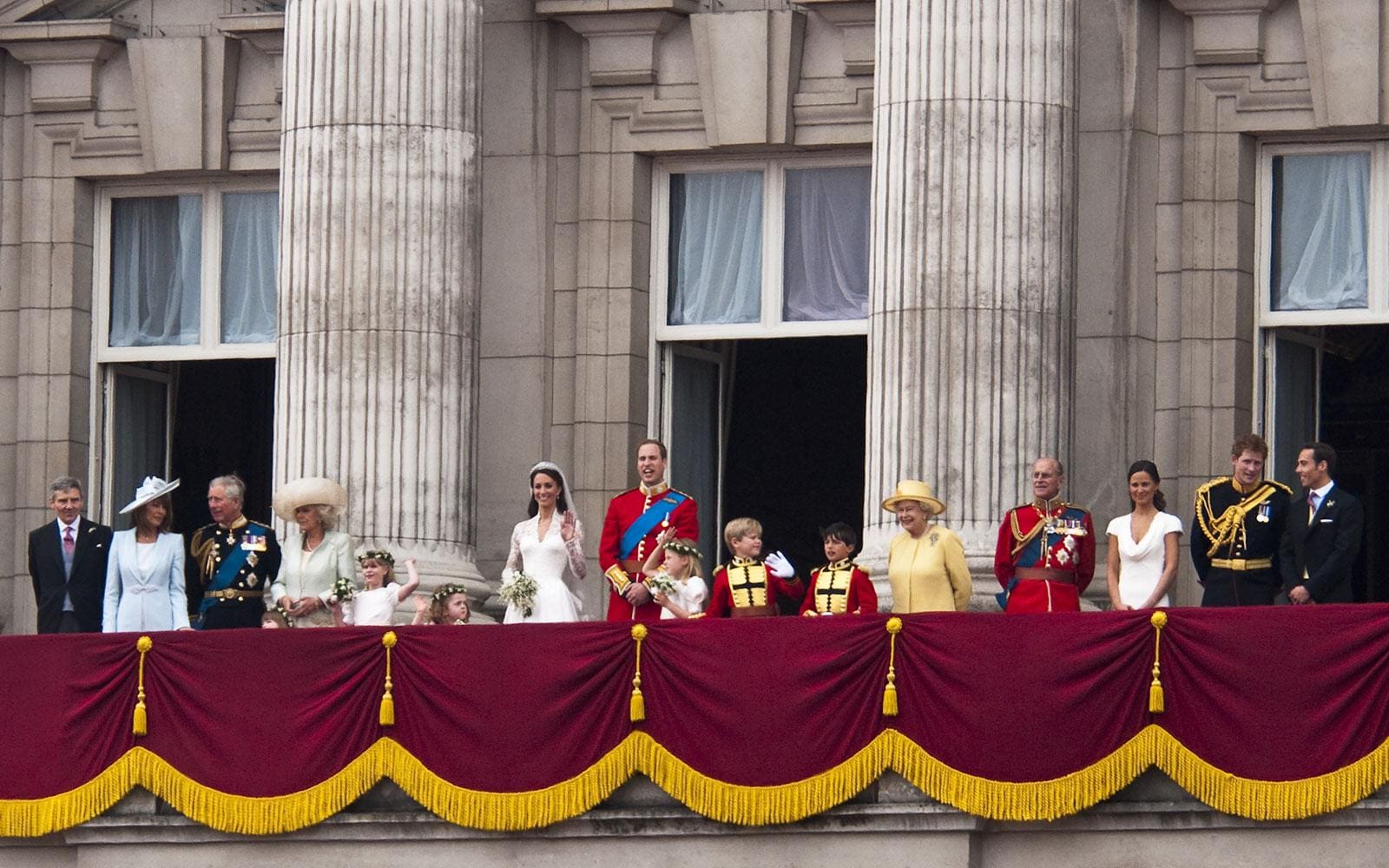
On 29 April 2011, the Queen witnessed the wedding of her eldest grandchild and heir to the throne, Prince William. The joyous occasion saw Prince William marry Catherine Middleton at Westminister Abbey in front of a crowd of family and friends, including international dignitaries, politicians and celebrities including David Beckham and Sit Elton John.
After the service, the Prince of Wales and the Queen hosted a private dinner and wedding reception at Buckingham Palace for close friends and family. The party danced to live music by Ellie Goulding, who covered Elton John’s Your Song, before the event ended at around 3am with fireworks in the palace garden.
The Queen and Royal Ascot
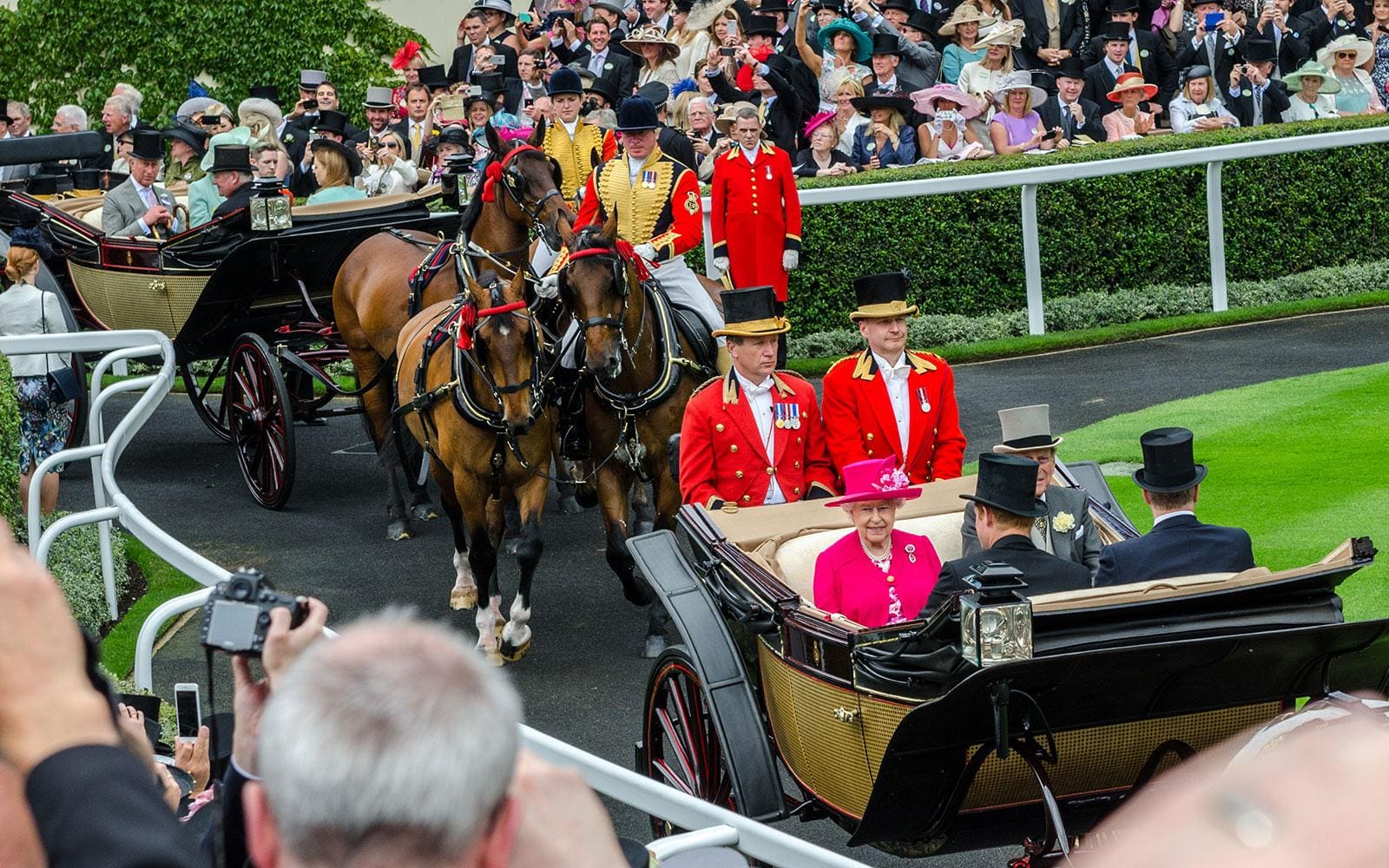
An avid equestrian since childhood, a passion which she passed on to her children and grandchildren, the Queen attended the annual Royal Ascot racing event held each June throughout her life. Now attended by over 300,000 people each year and a firm fixture of the British summer social season, each of the event’s five days traditionally opens with the Royal Procession, in which the Queen or members of the Royal Family travel the racecourse in horse-drawn carriages, before retiring to the Royal Box to enjoy the day’s events.
However, the Queen’s interest in Royal Ascot extended beyond merely being a horse lover. As a thoroughbred owner and breeder, the Queen frequently had horses from her own stables competing at the event, where they have successfully come out on top numerous times. The Queen first attended Royal Ascot in 1946 and, with the exception of 2020 due to the Covid-19 pandemic lockdown, appeared at every event up until 2022, when she was unable to attend due to ill health.
The Diamond Jubilee
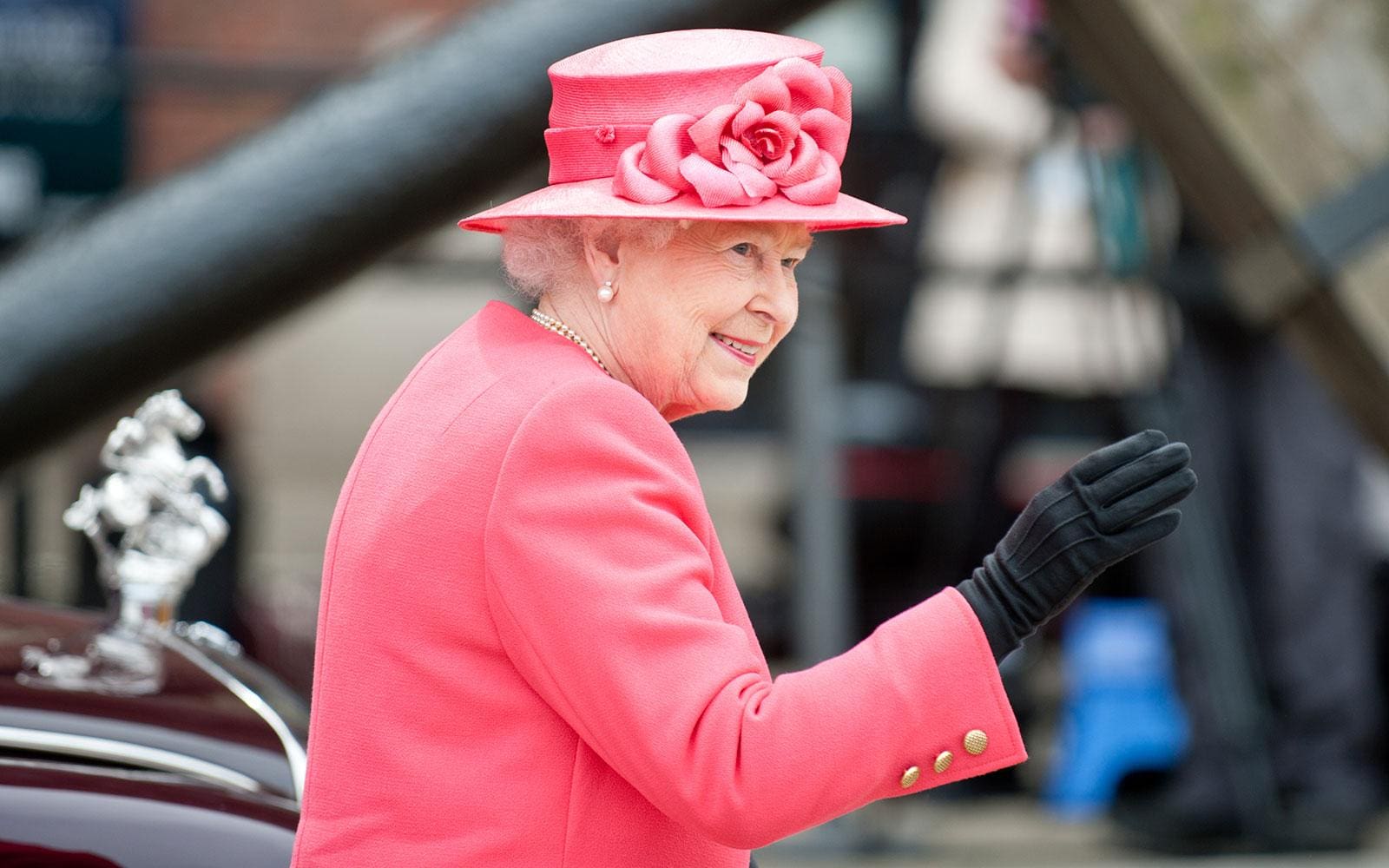
In 2012, Queen Elizabeth II celebrated her Diamond Jubilee, marking 60 years as the British monarch. To mark the occasion, events were held across the Commonwealth, while Queen Elizabeth II herself embarked on a tour of the UK, visiting towns and cities across Britain, including Liverpool, Manchester, Edinburgh, Leeds and the Isle of Wight.
A long weekend of celebrations focused in London was also staged, with events including the River Thames Diamond Jubilee Pageant, a Diamond Jubilee concert held in front of Buckingham Palace and a service of thanksgiving at St Paul’s Cathedral.
Trooping the Colour
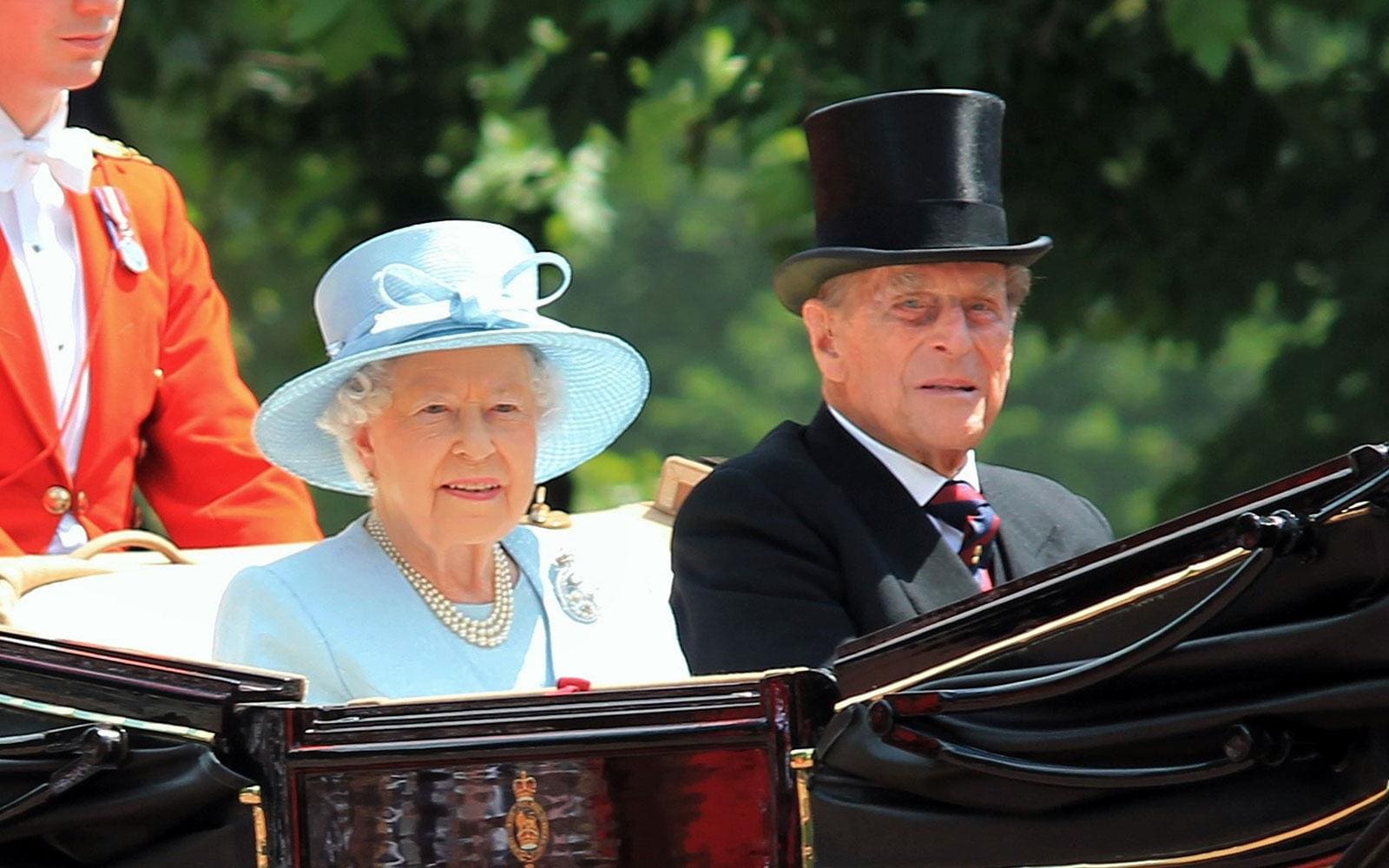
The pomp and pageantry of Trooping the Colour has marked the British Sovereign’s official birthday for more than 260 years – meaning it was part of Queen Elizabeth II’s life long before she ascended to the throne. Featuring more than 1,400 parading soldiers, 200 horses and 400 musicians, the real star of the show is always the monarch, who joins the parade from Horse Guards Parade in Whitehall to Buckingham Palace.
An accomplished horsewoman, for many years Queen Elizabeth II attended on horseback, but in the later years of her life preferred to arrive by carriage, often joined by Prince Philip and other members of the Royal family.
The Queen and Covid-19
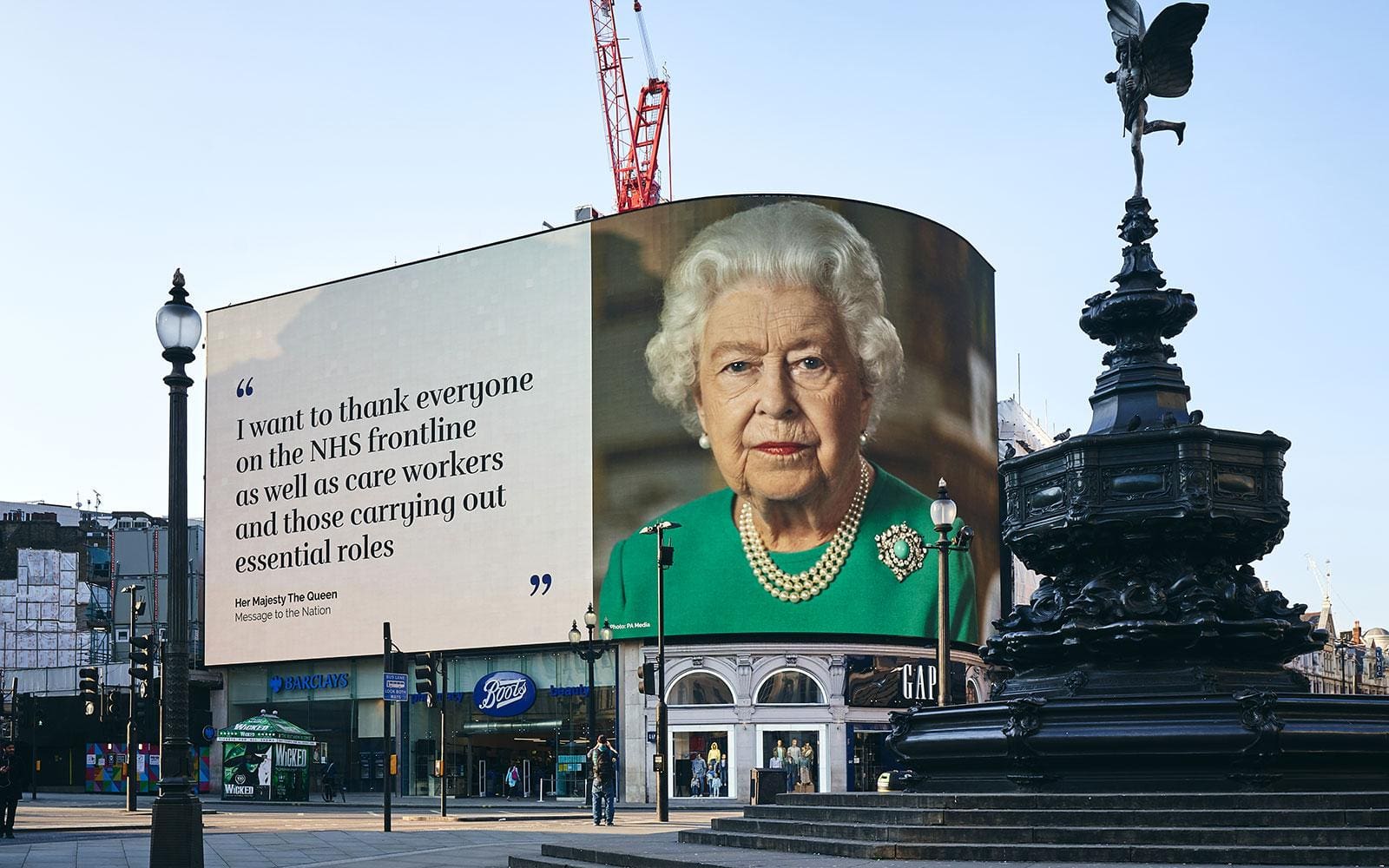
While her father, King George VI, and her grandfather, King George V, each had to contend with being a wartime monarch, a unique challenge faced Queen Elizabeth II in the Covid-19 pandemic. In her 90s at the time of the outbreak, and therefore considered highly vulnerable to the disease, she and Prince Philip retreated to Windsor Castle during lockdown – but she remained a symbol of strength and resilience around which the country could rally.
During her 2020 Christmas address, a year which, like many, she spent separated from her family, she told the nation: “For many, this time of year will be tinged with sadness – some mourning the loss of those dear to them and others missing friends and family members distanced for safety, when all they really want for Christmas is a simple hug or a squeeze of the hand. If you are among them, you are not alone, and let me assure you of my thoughts and prayers.”
The Platinum Jubilee
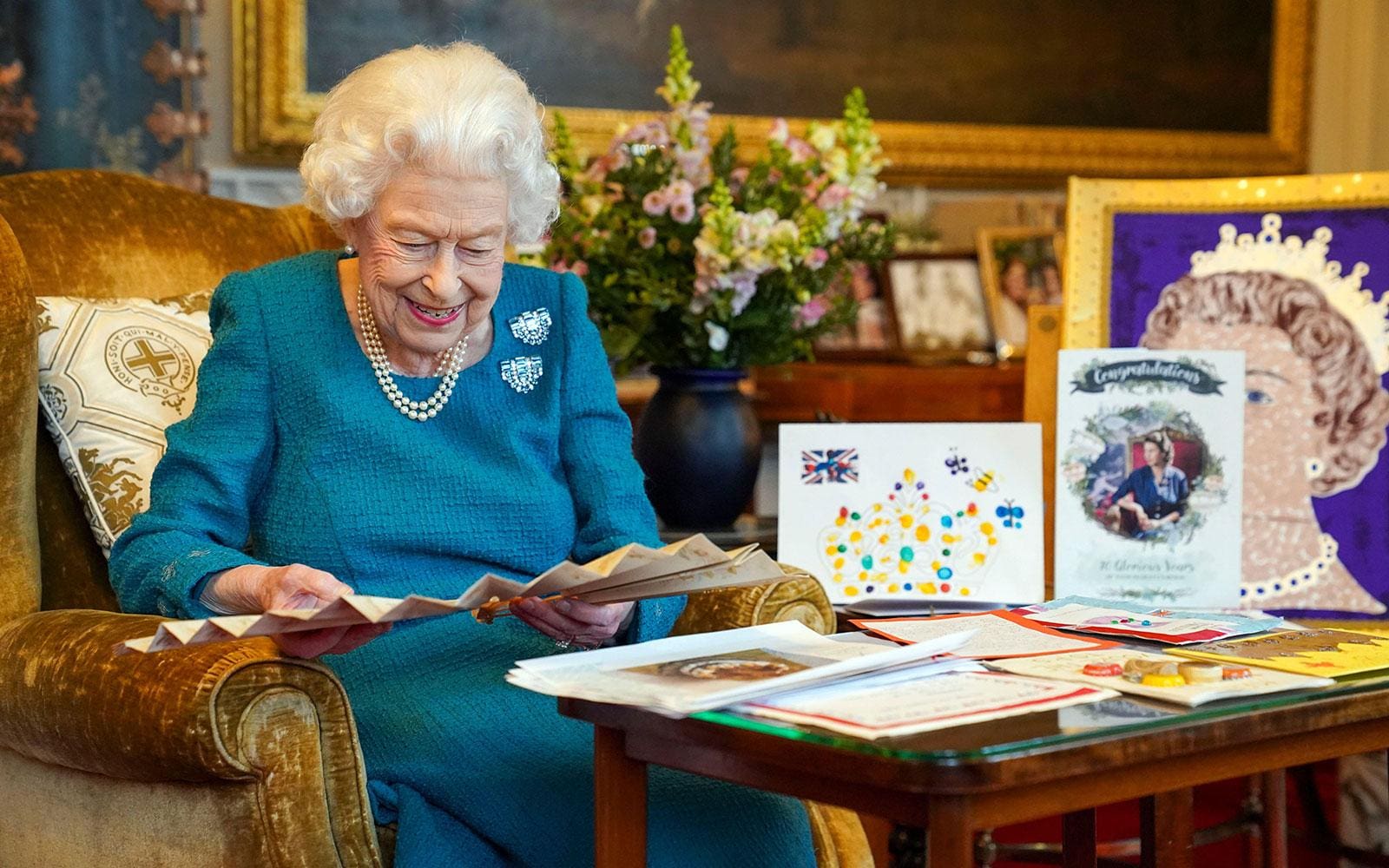
The last major celebration of her life, the Queen celebrated a record 70 years on the throne in 2022. Seven years earlier, in 2015, she had become the UK’s longest reigning monarch, surpassing the reign of Queen Victoria.
Now 95 and suffering ill health, as well as mourning the loss of Prince Philip, who died in April 2021, the Queen remained at Windsor Castle for much of the celebrations, only appearing on the balcony of Buckingham Palace to greet crowds once during Sunday’s Platinum Jubilee Pageant. She did, however, remain involved in the celebrations by lighting the Platinum Jubilee beacon in the grounds of Windsor Castle, while principal members of the Royal family, including Prince Charles and Prince William, represented her at events including Trooping the Colour, the Platinum Party at the Palace and the St Paul’s thanksgiving service.

